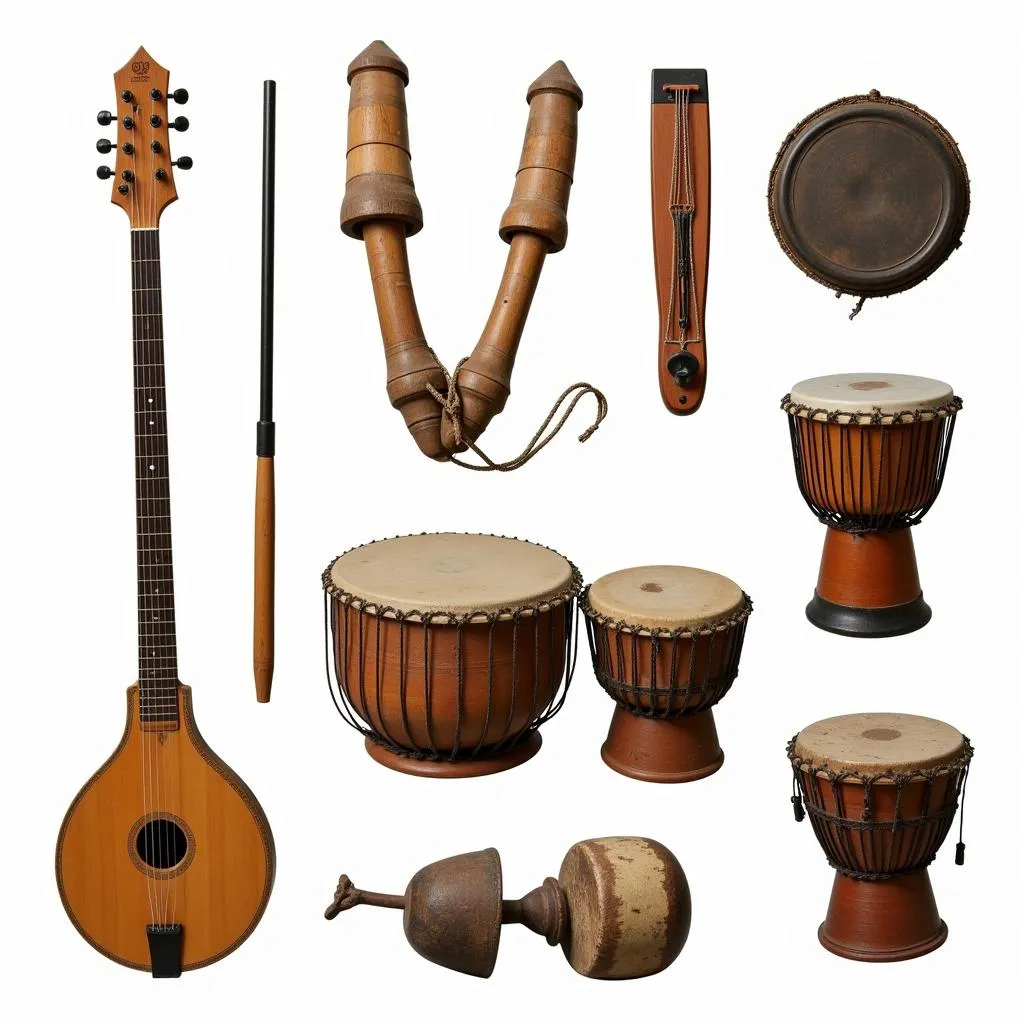The Incredible Sensitivity of African Elephant Trunk Fingers
The African elephant trunk is a marvel of nature, capable of feats of strength and dexterity. But did you know that the tip of this appendage acts like two sensitive “fingers”? This remarkable adaptation is just one of the many reasons why these gentle giants continue to fascinate us.
More Than Just a Nose: Understanding the Elephant Trunk’s Anatomy
The trunk is essentially a fusion of the nose and upper lip, extending into a long, muscular appendage. It’s composed of over 40,000 muscles, granting it incredible flexibility and control. This allows elephants to use their trunks for a wide range of tasks, from plucking delicate fruits to digging for water.
At the very tip of the trunk are two lobes, often referred to as “fingers.” These lobes are densely packed with sensory receptors, making them incredibly sensitive to touch, temperature, and even smell. This sensitivity is crucial for the elephant’s survival, allowing them to navigate their environment, find food, and interact with other elephants.
 African elephant using its trunk to pick up food
African elephant using its trunk to pick up food
The Role of “Fingers” in an Elephant’s Life
The “fingers” at the end of an elephant’s trunk are essential for several critical functions:
- Foraging: Elephants use their sensitive “fingers” to locate and identify food sources. They can differentiate between various types of vegetation and even sense if fruit is ripe by gently touching it.
- Drinking: These sensitive lobes can detect water sources and help the elephant draw water into the trunk. The trunk can hold up to several gallons of water, which the elephant can then pour into its mouth.
- Social Interaction: Elephants use their trunks to greet each other, care for their young, and communicate. The gentle touch of a trunk “finger” can convey a range of emotions, from affection to reassurance.
- Object Manipulation: The sensitivity in their “fingers” allows elephants to manipulate objects with surprising dexterity. They can pick up small items like coins or blades of grass with ease.
A Closer Look at Elephant Trunk “Finger” Sensitivity
The level of sensitivity in an elephant’s trunk “fingers” is truly remarkable. Studies have shown that they can detect differences in texture as small as a human fingerprint. This allows them to differentiate between objects and navigate their environment with incredible precision.
The Importance of Protecting African Elephants
The African elephant, with its incredible trunk and sensitive “fingers,” is a testament to the wonders of the natural world. However, these magnificent creatures are facing numerous threats, including habitat loss and poaching.
It’s crucial that we work together to protect African elephants and ensure their survival for generations to come. By supporting conservation efforts and promoting responsible tourism, we can help safeguard these gentle giants and the ecosystems they call home.



